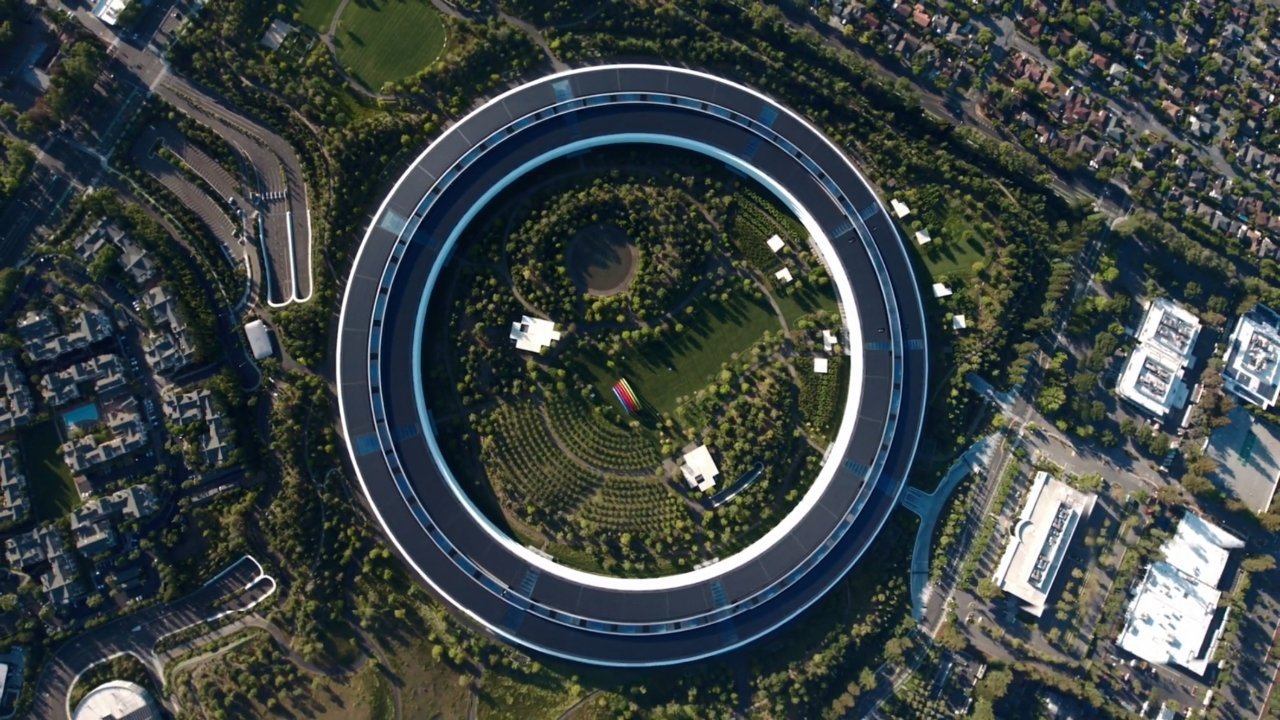
A SpaceX Falcon 9 rocket carrying a payload of 22 Starlink internet satellites into space soars ...
[+] across the sky after sunset above the Pacific Ocean after launching from Vandenberg Space Force Base on March 18, 2024 as seen from San Diego, California. (Photo by Kevin Carter/Getty Images) Astronomy gave us GPS, WiFi and medical imaging , but the spillover from space exploration to everyday life is under threat if mega-constellations of satellites continue to launch. That's according to a new study by radio astronomers that reveals that the new second generation of SpaceX Starlink satellites emits 32 times more radio interference than first generation hardware.

Radio Astronomy Starlink is SpaceX’s service that offers broadband access using low-orbit satellites. Published in Astronomy & Astrophysics in September, the paper ’s authors used the Low-Frequency Array (LOFAR) radio telescope, which has antennae in seven countries. It’s the largest radio telescope operating at the lowest frequencies that can be observed from Earth.
“Without mitigations, very soon the only constellations we will see will be human-made,” said Professor Jessica Dempsey, general and scientific director of ASTRON, the Netherlands Institute for Radio Astronomy. “We have the solutions for this symbiosis in space as well – we just need the regulators to support us and the industry to meet us halfway.” SpaceX Starlink internet terminal installed in Odesa, southern Ukraine (Photo credit should read .
.. [+] Nina Lyashonok/ Ukrinform/Future Publishing via Getty Images) Effect Of Starlink Satellites While the first generation of Starlink satellites emits radio waves that can hinder astronomical observations, say the researchers, the new ‘V2-mini’ Starlink satellites emit far more unintended electromagnetic radiation (UEMR).
“Compared to the faintest astrophysical sources that we observe with LOFAR, UEMR from Starlink satellites is 10 million times brighter,” said Cees Bassa at ASTRON and the lead author of the study. “This difference is similar to the faintest stars visible to the naked eye and the brightness of the full Moon. Since SpaceX is launching about 40 second-generation Starlink satellites every week, this problem is becoming increasingly worse.
” NYT ‘Strands’ Today: Hints, Spangram And Answers For Friday, October 4th Today’s NYT Mini Crossword Clues And Answers For Friday, October 4 Microsoft Windows Deadline—900 Million Users Need To Update Before Time Runs Out Mega-Constellations Are Growing SpaceX currently has 6,413 Starlink satellites in orbit, according to the website of astronomer Jonathan McDowell, who tracks them. About a third of them are second-gen. However, there are plans to make Starlink a constellation of as many as 42,000.
SpaceX is also not the only company that wants to offer broadband access anywhere on the planet using low-orbit satellites. Others include OneWeb and Amazon's Project Kuiper, which led the researchers to predict that as many as 100,000 satellites could be in low-Earth orbit by the end of the decade. This escalation in radio wave emissions from satellites so close to Earth is a serious problem for radio astronomers.
Radio telescopes receive radiowaves from stars, planets, galaxies, gas and dust clouds. Humanity’s Inflection Point The July 2024 research covered only radio frequencies above and below the FM broadcast band, which is commonly used by household radios. The team detected UEMR from almost all the Starlink satellites observed, including both first-generation and second-generation satellites.
According to the researchers, the levels potentially exceed internationally regulated thresholds for interference set for intentional emissions. It's time for stricter regulations on unintended radiation from satellites, conclude the researchers, to preserve the sanctity of radio astronomical observations. “Humanity is clearly approaching an inflection point where we need to take action to preserve our sky as a window to explore the Universe from Earth.
Satellite companies are not interested in producing this unintended radiation, so minimizing it should also be a priority in their sustainable space policies,” said Federico Di Vruno from the SKA Observatory. “Starlink is not the only big player in LEO, but they have a chance to set the standard here.” How To Save Radio Astronomy A good example of how industry and astronomers can work together is LOFAR itself, according to researchers, which operates in the Netherlands, one of the most densely populated countries in Europe.
“Since LOFAR began, more than a decade ago – when we were told we would soon struggle to observe because of radio interference – the regulation support and a productive collaboration with industry, totaling over 1000 individual mitigations – have been done in collaborations with dozens of groups, companies, infrastructures, agencies and individuals across the country,” said Dempsey. Wishing you clear skies and wide eyes..














